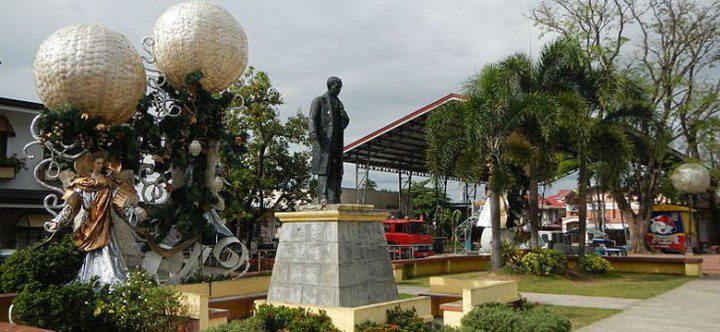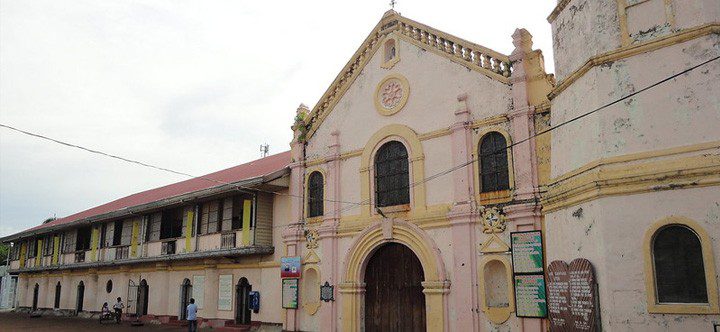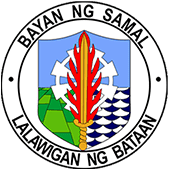- About
- Governance
- Transparency Seal
- Provincial Officials
- Departments
- Provincial Governor’s Office
- Office of the Vice-Governor
- Sangguniang Panlalawigan
- Provincial Administrator’s Office
- Provincial Social Welfare and Development Office
- Provincial Population Office
- Provincial Government – Environment and Natural Resources Office
- Provincial Engineer’s Office
- Provincial Planning and Development Office
- Provincial Health Office
- Provincial Legal Office
- Provincial Tourism Office
- Provincial Information Technology Office
- Provincial General Services Office
- Provincial Human Resources & Management Office
- Provincial Information Office
- Provincial Disaster Risk Reduction and Management Office
- Provincial Cooperative & Enterprise Development Office
- Provincial Budget Office
- Provincial Treasurer’s Office
- Provincial Assessor’s Office
- Provincial Warden
- Public Employment Service Office
- Provincial Veterinary Office
- Office of the Provincial Agriculturist
- Office of the Provincial Accountant
- Iskolar ng Bataan
- Bataan Public-Private Partnership and Investment Center
- Bataan Human Settlement Office
- Cultural Heritage Preservation Division
- Internal Audit Services
- Metro Bataan Development Office
- Bagac Community and Medicare Hospital
- Jose C. Payumo Jr. Memorial Hospital
- Orani District Hospital
- Mariveles District Hospital
- City & Municipalities
- SP Ordinances
- Citizen’s Charter 2024
- Behold Bataan
- Services
- 1Bataan
Samal
- Home
- Samal
A Brief History of Samal
Background
Founded as a municipality on April 20, 1941, under the patron Saint Catherine of Sienna. The town’s colorful share of historical upheavals is best remembered by its gallant heroes that chose to die honorably and courageously for the sake of freedom.
The town has pioneered in different kinds of businesses. The first ice plant was constructed in this town under the management of Joaquin Ma. Joson, a prominent businessman in Bataan. Wooden shoe (“bakya”) making in this province was first started in Samal. Industrialization came with the establishment of the first pulp mills in the country – the Bataan Pulp and Paper Mills, Inc. situated in the scenic slope of Mt. Natib.
Samal is the only town in Bataan which has manufactured arrow root flour through native processes. This flour is made into biscuits/cookies called “araro” which are native delicacies perfect to “pasalubong”
This town is also endowed with rich marine aquatic resources and highly productive farmlands.
Elected Officials
Mayor: Alexander C. Acuzar
Vice-Mayor: Ronald M. Ortiguerra
Sangguniang Bayan Members:
- Marjun Q. Bantay
- Lolito S. Llanda
- Erval V. Flores
- Kathrina A. Saldaña
- Dylan M. House
- Evangeline G. Buensuceso
- Edgardo I. De Leon
- Jaime M. Manguiat


Contact Us
PRESENT
To this day, the town remains as serene and as peaceful as it was many years ago, unspoiled by decadent products of uncontrolled commercialization and industrialization and unperturbed by pressures.
FAST FACTS
Samal is located at the eastern side of Bataan, It is bounded on the north by the municipality of Orani, the south by Abucay, on the west by Mt. Natib and Manila Bay on the east. It is 114 kilometers away from Manila.
It is composed largely of uplands and hills covering approximately eighty percent (80%) of its whole area. The lowlands and plains, which comprise approximately twenty percent (20%) of the land area, are generally flat, gently rising towards the hills.
The total population is 38,302 as of May, 2020 with 9,185 households (2021 SOCIO-ECONOMIC PROFILE 2023).
Samal abounds with agricultural produce such as palay, corn, vegetable, fruits rootcrops, coffee and cutflowers. Livestock, poultry and aquatic resources such as shellfish, crabs, prawns, shrimps and different species of fish are also available in the area.
UTILITIES AND AMENITIES
Telephone services are provided by Digitel which have direct distance dialing connecting to local and international lines and modern communication equipment. As for the telecommunication facilities, a telegraphic office and a post office exist in the municipality.
Power distribution is administered by the PENELCO, supplied by NAPOCOR which operates three large plants in the province.
The operation and maintenance of water supply facilities are supervised by the Barangay Water District. Some households particularly those residing in the upland areas get their water from natural springs.
The municipality of Samal (2021 SOCIO-ECONOMIC PROFILE 2023), is home to 2 banking institutions and 17 schools (12 of which are public and 5 are private). It also features a Rural Health Unit, providing necessary healthcare services to its residents. In addition, the municipality offers a wealth of opportunities for recreation, with 22 inland resorts available for visitors to explore. These various facets of infrastructure demonstrate the well-rounded and dynamic character of the municipality of Samal, Bataan.
MAJOR INDUSTRIES
Paper manufacturing hoisted by the Bataan Pulp and Paper Mills is a dominant business activity in Samal. Garments manufacturing is also a growing industry in Samal with five (5) firms already engaged in exports.
PALAY PRODUCTION
As of 2021 (2021 SOCIO-ECONOMIC PROFILE 2023), the effective area dedicated to the production of palay in the municipality of Samal, is 2,157.90 hectares. This results in an estimated yield of 9,053.30 metric tons or 196,811 cavans of rice, with an average production of 4.2 metric tons per hectare of rice-land or 91 cavans.
In terms of rice sufficiency, the municipality of Samal boasts a level of 185.44%. This means that, accounting for production, post-harvest losses, and actual consumption, the municipality has a surplus of 85.44% of the net yield. This robust self-sufficiency in the supply of rice is a testament to the strong agricultural sector within the municipality of Samal (2021 SOCIO-ECONOMIC PROFILE 2023).
AQUACULTURE
The municipality boasts a significant presence of aquaculture, with a total area dedicated to this endeavor of 233.9 hectares (2021 SOCIO-ECONOMIC PROFILE 2023). This area is comprised of 3.1 hectares dedicated to freshwater fishponds, 229.2 hectares dedicated to brackish water fishponds, and 1.6 hectares devoted to the cultivation of Kapis. This substantial commitment to aquaculture highlights the importance of this industry to the municipality of Samal and underscores its commitment to the responsible and sustainable utilization of its aquatic resources.
FISHERIES
The fishing industry in Samal , is thriving with a total of 917 fishermen. Of this number, 726 individuals are full-time fishers while 165 engage in fishing activities on a part-time basis. The fishing fleet comprises 208 motorized boats and 8 non-motorized boats, as well as 6 commercial fishing vessels. The presence of a fish port and an ice plant/cold storage facility enables the efficient processing of the catch and caters to the post-harvest activities of smoking and salting. This robust fishing industry underscores the significance of this sector to the municipality of Samal and highlights the important role it plays in the local economy (2021 SOCIO-ECONOMIC PROFILE 2023).
INVESTMENT OPPORTUNITIES
With a wide undeveloped land area, investing in Samal is an opportunity for companies to invest in manufacturing industries such as electronics, semiconductors, textiles, and garments.
Its selling point lies in its fertile agricultural land, which produces profitable yield, both for local entrepreneurs and big-ticket companies already engaged in business such as aquaculture, feeds, and poultry. Post-processing yields such as food canning, drying, or freezing is also seen as a good investment opportunity.
Its residents continue to travel for job opportunities, which means people here are highly skilled and technical. And given the right breaks, they will be an asset to a company that will be willing to offer them. The booming population will result in high demand for residential and commercial properties.
The Bunker
Mon – Fri: 8:00 am – 5:00 pm



